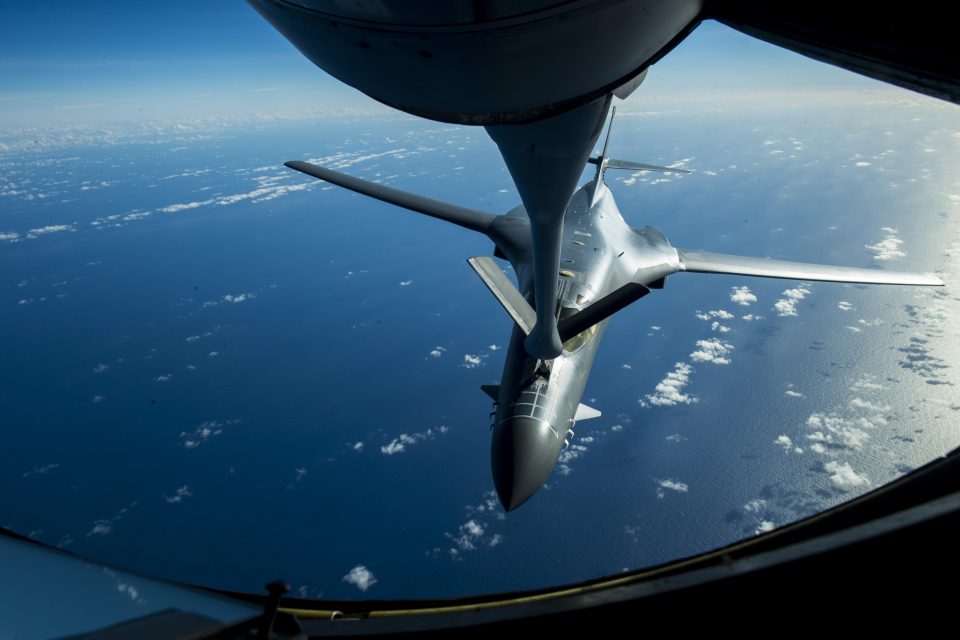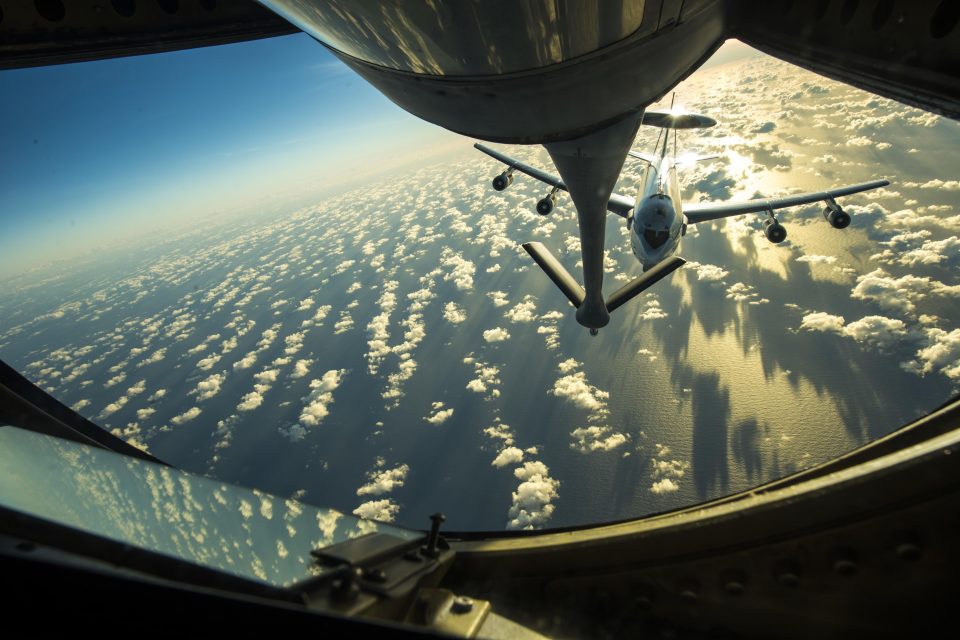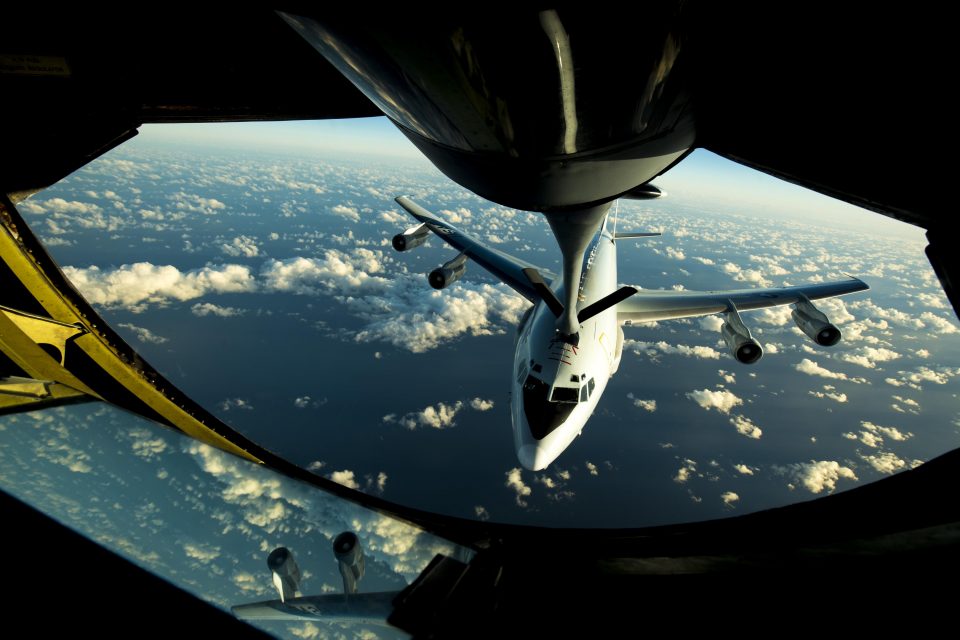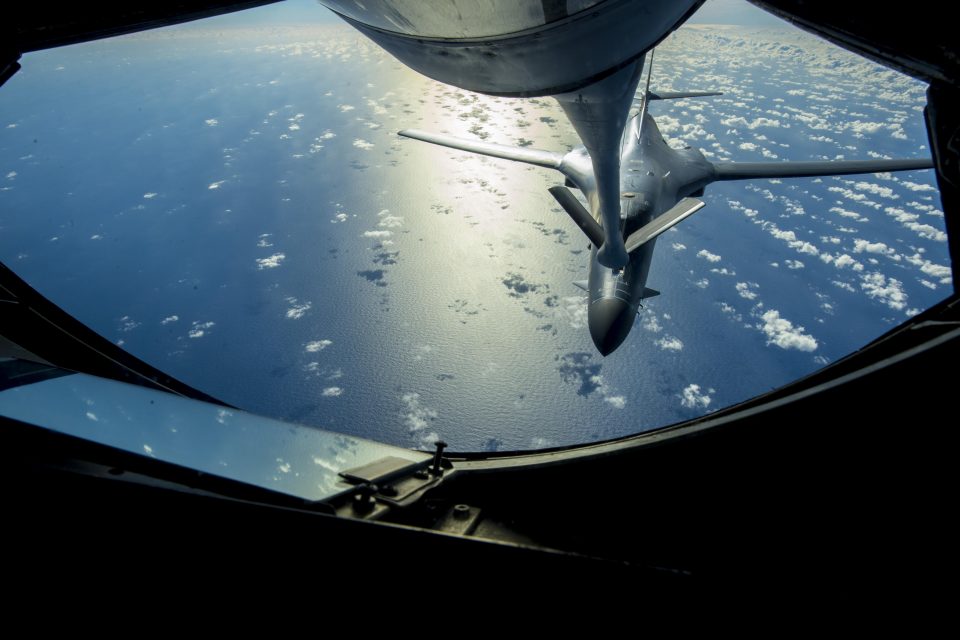02/20/2016: Opening Statement Munich Security Conference
Friday February 17, 2017
Good afternoon and thank you Madam Minister. Your words remind me of the legacy now shared on both sides of the Atlantic – a legacy of freedom, of friendship, and a trusted Alliance.
With the ingrained respect that two democracies share for each other, and the trust we share with 26 other democracies in the NATO Alliance, your words highlight an enduring transatlantic bond. I’m grateful to be among so many leaders in our democracies as we forge our path ahead.
This is how we build approaches to working together for a peaceful and prosperous future. When it comes to security, no one goes their own way in this world; security is always best when provided by a team.
So it’s a particular honor for me to be here with Minister von der Leyen. She and I met last week in Washington, where we had an excellent, in-depth discussion about the security situation facing our nations, the Alliance, and the broader global community.
In this regard I have great respect for Germany’s leadership in Europe – and for the ethical performance of your troops on the battlefield, Madam Minister.
Like many of us, we’ve just come from Brussels, where we participated in the NATO Defense Ministerial. There I found the transatlantic bonds strong and my fellow Defense Ministers under no illusions about the threats our nations face together. Transatlantic unity buttresses European unity, a fact we recognize in the context of cooperation between NATO and the European Union.
The United States welcomes improvements to defense cooperation in Europe that increase capabilities and make European defense investment more efficient, without lessening NATO interoperability. The NATO-EU Joint Declaration signed in Warsaw reflects the reality that American security is permanently tied to the security of Europe.
Done correctly, EU initiatives and NATO unity are mutually reinforcing. Standing upon the bedrock of our NATO Alliance, 28 democracies help preserve the rules-based international order, serving to keep the peace and defend shared values that grew out of the Enlightenment.
I was heartened by the appreciation of our European Allies for the increased threats we face – an appreciation that was consistent around the table: the Allies recognize 2014 was a watershed year and we can no longer deny reality.
As guardians for our nations and sentinels alert to new threats, we all see our community of nations under threat on multiple fronts as the arc of instability builds on NATO’s periphery and beyond. Unified by these growing threats to our democracies, we possess strong resolve to adapt the Alliance. But now comes the hard part: as prudence dictates, we must move forward together, reinforcing deterrence and defense, and more directly addressing terrorist threats along NATO’s southern flank, from the Mediterranean to Turkey’s border. NATO has only two Supreme Allied Commanders.
Such is the importance NATO places on adaptation that one of those two commanders is assigned the sole mission of charting NATO’s constant transformation. Supreme Allied Command for Transformation is the only NATO headquarters in the United States.
Commanded by a four star French General who leads some of the best strategic thinkers, drawn from all NATO nations, this demonstrates the level of importance we place on adapting the Alliance to terrorism, cyber threats, and hybrid war.
We are engaged as we speak to ensure the Alliance is relevant and fit for its time. The United States is moving units into the Baltic States, Poland, Romania, and Bulgaria under Operation Atlantic Resolve.
And we join the UK, Germany, and Canada, nations leading our combined Forward Presence forces in Poland and the Baltic States, a wholly defensive deployment to maintain deterrence.
To confront the threats facing our Alliance we must recognize not just strategic realities, but also political realities. President Trump came into office and has thrown his full support to NATO.
He too espouses NATO’s need to adapt to today’s strategic situation for it to remain credible, capable, and relevant.
Further, as Minister von der Leyen noted last week, it is a fair demand that all who benefit from the best defense in the world carry their proportionate share of the necessary costs to defend our freedoms.
We commit to passing those freedoms intact to the next generation. The message I delivered in Brussels was expected, well received by my fellow Defense Ministers, and aligned with the message of Secretary General Stoltenberg. I stand here confident that our Alliance will be unified in meeting today’s security challenges.
And I am also confident that the Alliance will adopt a plan this year, including milestone dates, to make steady progress toward meeting Warsaw and Wales commitments to carry our fair shares of the security burden. Ladies and Gentlemen, the transatlantic bond remains our strongest bulwark against instability and violence.
NATO exists to protect our way of life, to include the free exchange of ideas that characterizes this annual conference in one of the world’s great cities. Here I am confident that we will strengthen our partnerships, confronting those who choose to attack innocent people or our democratic processes and freedoms. Thank you.
MUNICH, BY, GERMANY
02.17.2017
Video by Laurens Vermeire
U.S. Department of State





